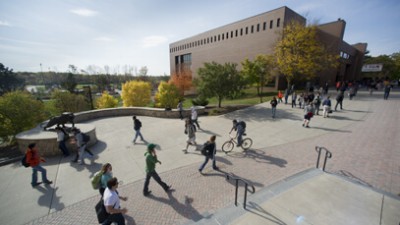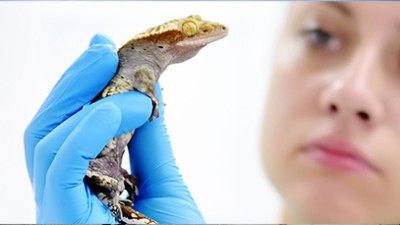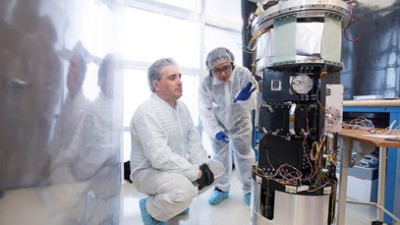
Shima Parsa
Assistant Professor
Shima Parsa
Assistant Professor
Education
PostDoc, Harvard University; Ph.D. Wesleyan University
Bio
Shima Parsa is an assistant professor of Physics at RIT. She is an experimental Soft Matter Physicist and her research spans from the flow of complex fluids in porous media to sedimentation in Marshland. She studies the small-scale dynamics of multi-phase fluids and investigates their impact on large-scale transport, see research website at https://people.rit.edu/spmsps/.
Shima joined RIT in 2019 after her postdoctoral fellowship at Harvard in Applied Physics studying Soft Matter physics and microscale phenomena. She completed her Ph.D. in Physics at Wesleyan in 2013.
Select Scholarship
Currently Teaching
In the News
-
April 9, 2025

Parsa honored with NSF CAREER Award
Shima Parsa, assistant professor in RIT’s School of Physics and Astronomy, received an NSF CAREER Award to advance her research in soft matter physics.
-
August 20, 2024

New Ph.D. programs welcome students this fall
The university’s two newest Ph.D. programs in cognitive science and physics offer diverse research opportunities for students and help them gain the skills and abilities needed to analyze data and grasp complex concepts. The new programs bring RIT’s total doctoral programs to 15.
-
May 20, 2024

RIT research examines spread and flow of soil contaminants
Understanding how contaminants in porous materials flow and are transported is key in the fields of industry, medicine, and environmental science. A two person team in the School of Physics and Astronomy recently had their research on the topic published and featured on the cover of Soft Matter, a journal by the Royal Society of Chemistry.
-
May 14, 2024
Parsa hosts physics seminar series
-
September 21, 2023
Parsa receives NSF grant to study mineral precipitation in rock formations
-
October 24, 2022
Parsa named Scialog fellow
-
October 17, 2022
RIT hosts Upstate NY soft matter workshop




